9 Smart Ways to Save Water at Home
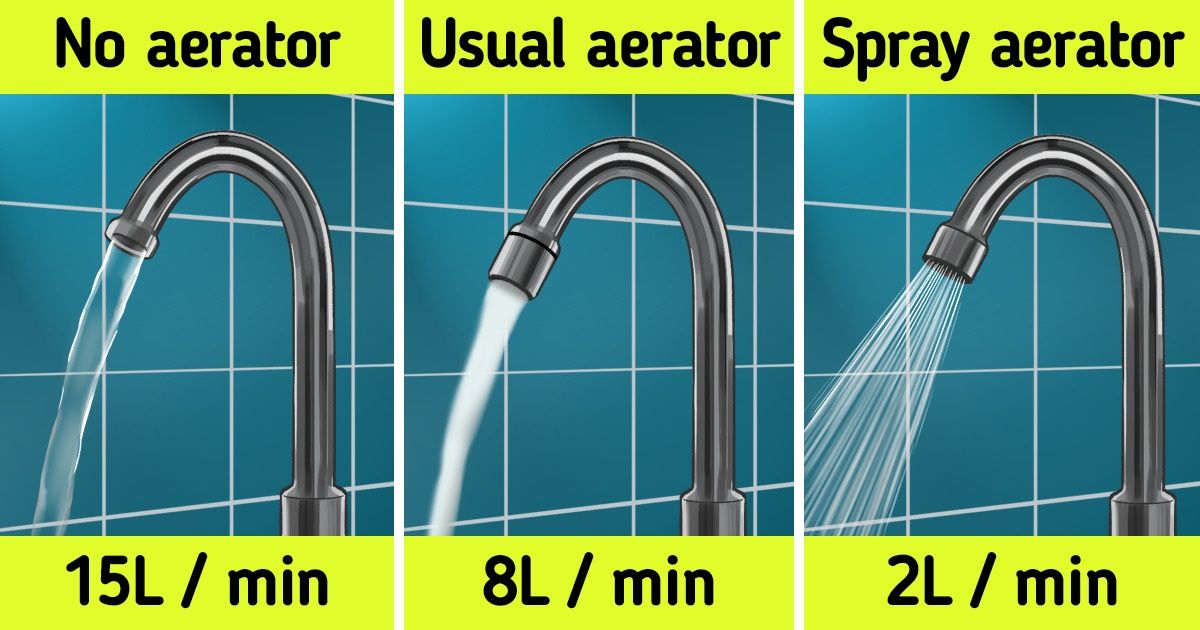
When we use water efficiently, we reduce the chances of having droughts occur, we reduce the pressure on the public water supply, and we help the environment too. It can also help you save money on your water bills. So let’s do a favor to our wallets and our planet by following the tips suggested by 5-Minute Crafts on saving water and using it judiciously.
1. Check for minor leaks
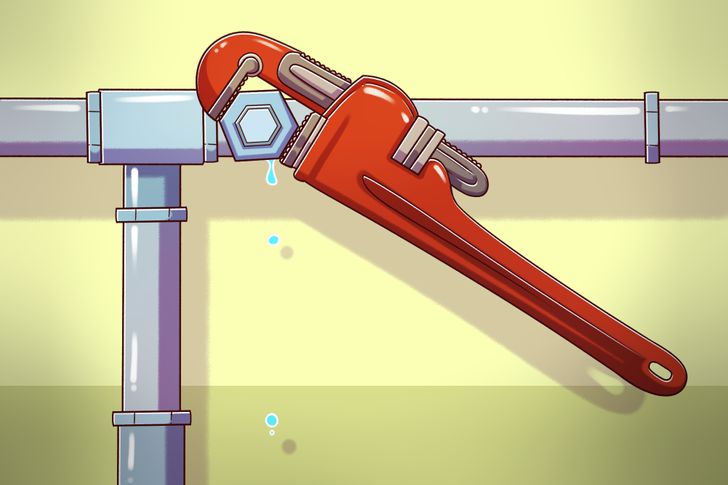
If there are damaged pipes and leaky faucets in your home, fix them. If they still leak, replace them. You may also want to inspect your water meters and bills every month. If there are any spikes, there is a chance that you may have a leaky pipe in your home.
2. Defrost frozen foods in your refrigerator instead of using cold water.
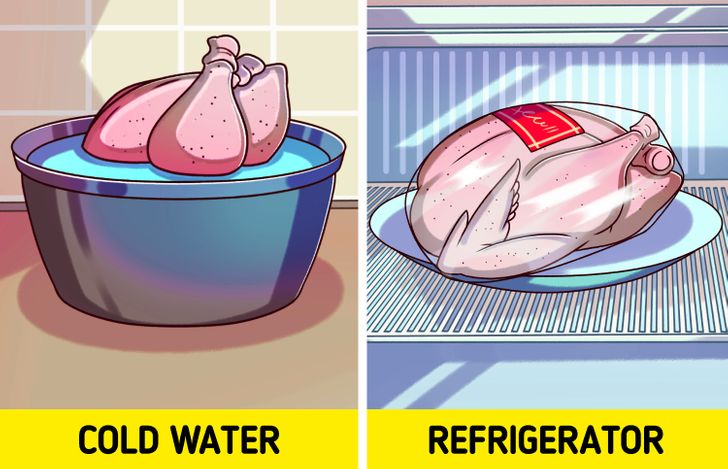
Defrosting frozen food in cold water will waste a lot of water. Instead, defrost it in your refrigerator. Also, always wash fruits and veggies in a pan of water rather than washing them under a running tap. When it comes to boiling food, always use less water. This helps us save water and preserves the flavor and nutrients in the food too.
3. Take shorter showers and install efficient showerheads.
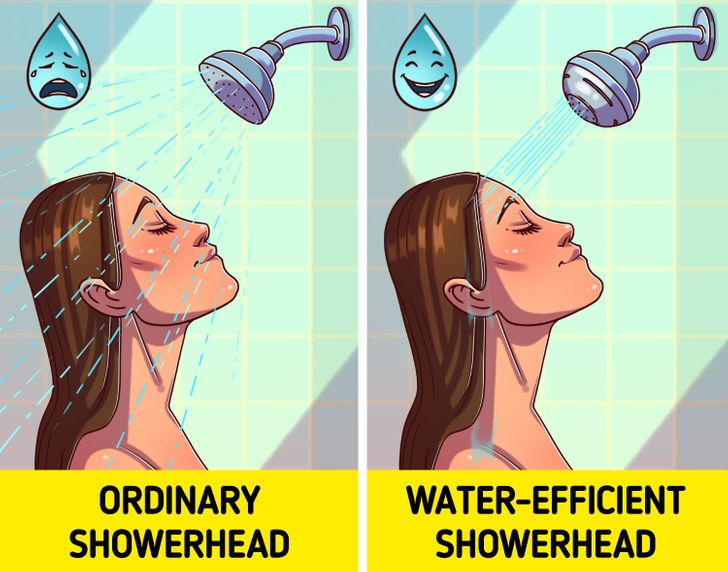
Every minute you spend showering uses approximately 2.5 gallons of water. You can simply change your bathing routine by reducing your shower time by 3 minutes. This can save up many gallons of water. You can also turn the shower off while soaping. Another alternative is to install water-efficient showerheads to save more water.
4. Do a full-load of laundry.
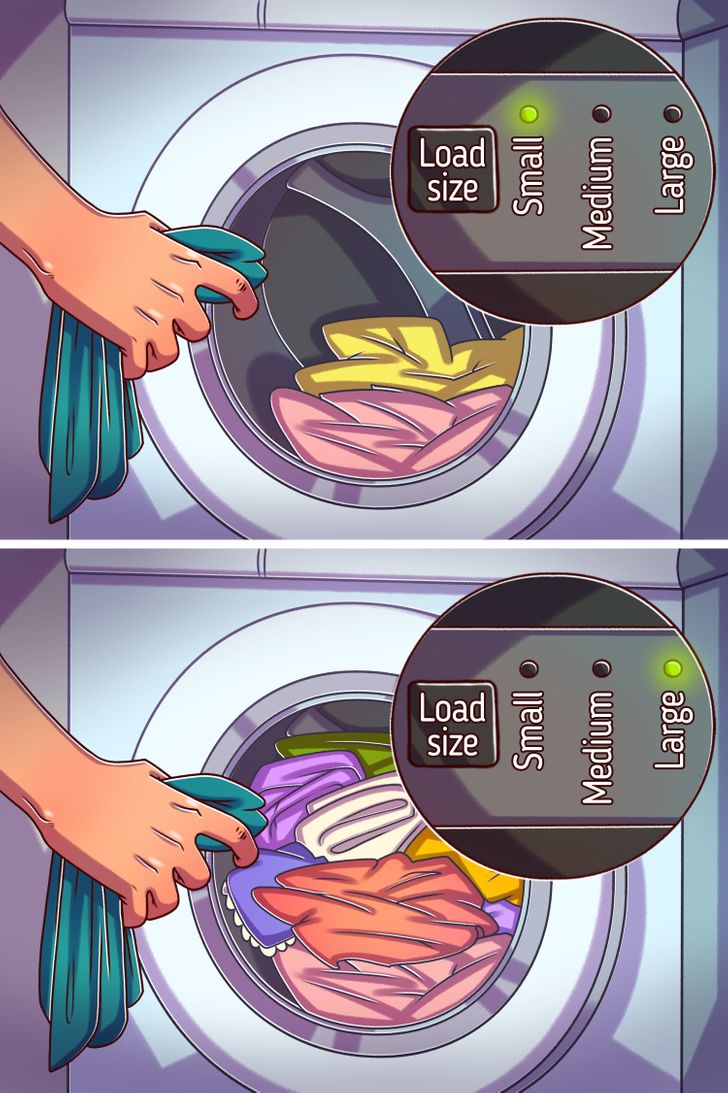
If you have to do smaller loads, you may want to use the proper water level settings. Also, when it comes to using a washing machine, make sure it is an ENERGY STAR appliance, as they use 33% less water and 25% less energy, compared to other standard electrical appliances.
5. Store a jug of water in the fridge.
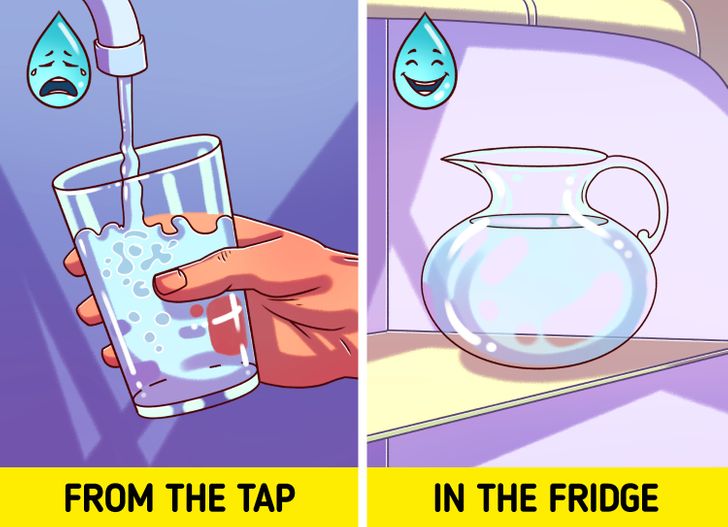
It usually takes a while for the cold water to come out of the tap. Instead of throwing the lukewarm water away every time, you can store a jug of water in the refrigerator and enjoy cold water anytime.
6. Water your plants early in the morning or at the end of the day.
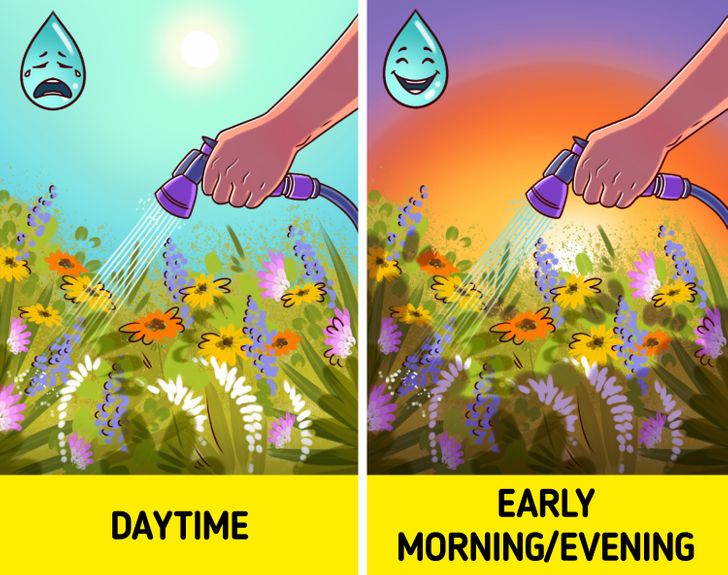
This is because, in the middle of the day, the sun will evaporate away all the water from the plants, hence your plants may need more water later. Instead, water your plants when the sun is about to rise or set to allow the soil to absorb all the liquid in the roots.
✅ Rather than watering your lawn, you can also leave a water-filled container for thirsty animals or a casserole dish for the birds to drink from and bathe in. Although it doesn’t do much to help save water, it can relieve or even save their lives.
7. Do the dishes in the dishwasher.
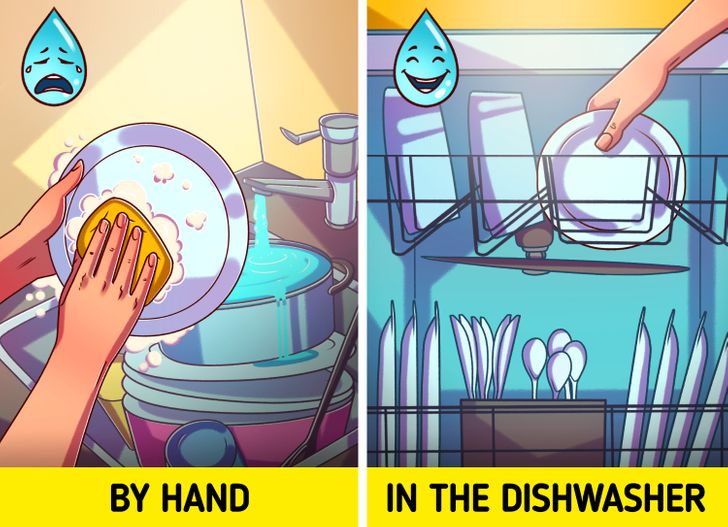
Washing the dishes by hand can use up to 20 gallons of water, whereas the dishwasher uses only 4 gallons of water per cycle. Also, run your dishwasher only when it’s full.
✅ If you don’t have a dishwasher, scrape the food on your dishes into the trash, fill your sink with water, and wash them all in one go, rather than washing them one-by-one under the open tap.
8. Throw tissues in the trash instead of flushing
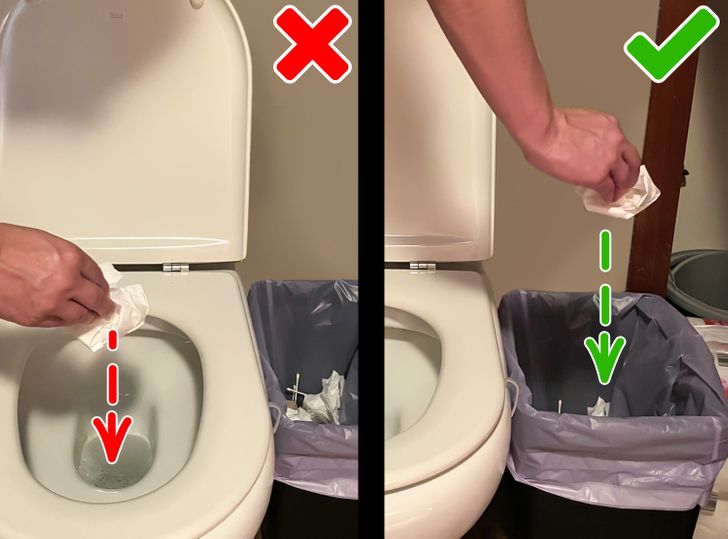
In cases in which you’ve just blown your nose, avoid throwing the paper in the toilet and flushing. Instead, throw it in the trash. Depending on the toilet you have, you might be throwing away between 1.6 to 7 gallons of water every time you flush, so it’s better to only do it when it’s really needed.
9. Use an aerator
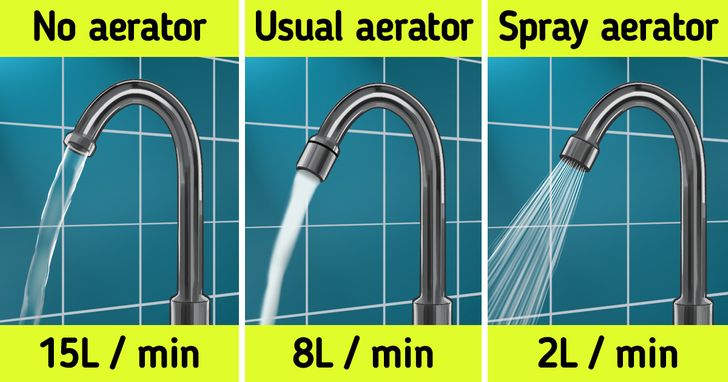
Usually, older taps will supply around 15 liters of water per minute. However, it’s possible to reduce this by using an aerator.
A low flow aerator will help you cut this number down by less than half (around 8 liters per minute). The best one, though, is a spray aerator, which will only dispense about 2 liters of water per minute.